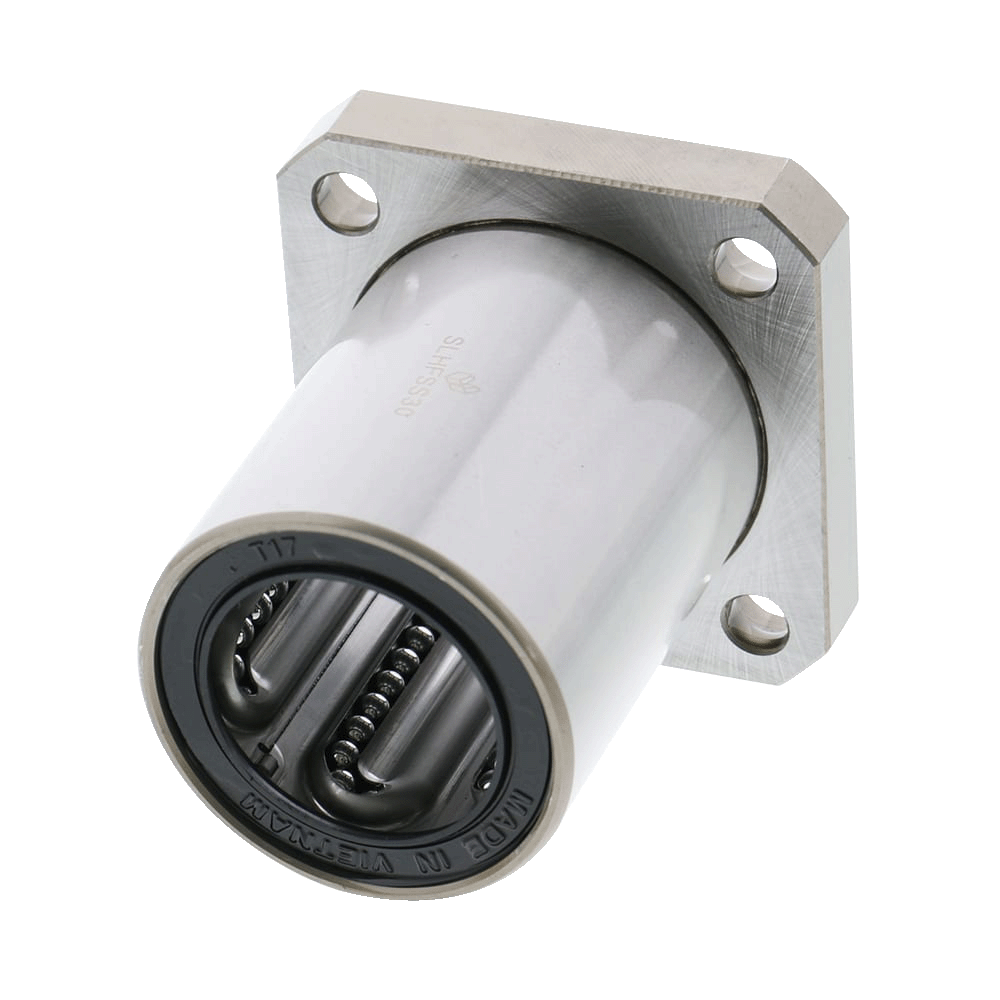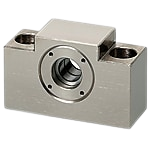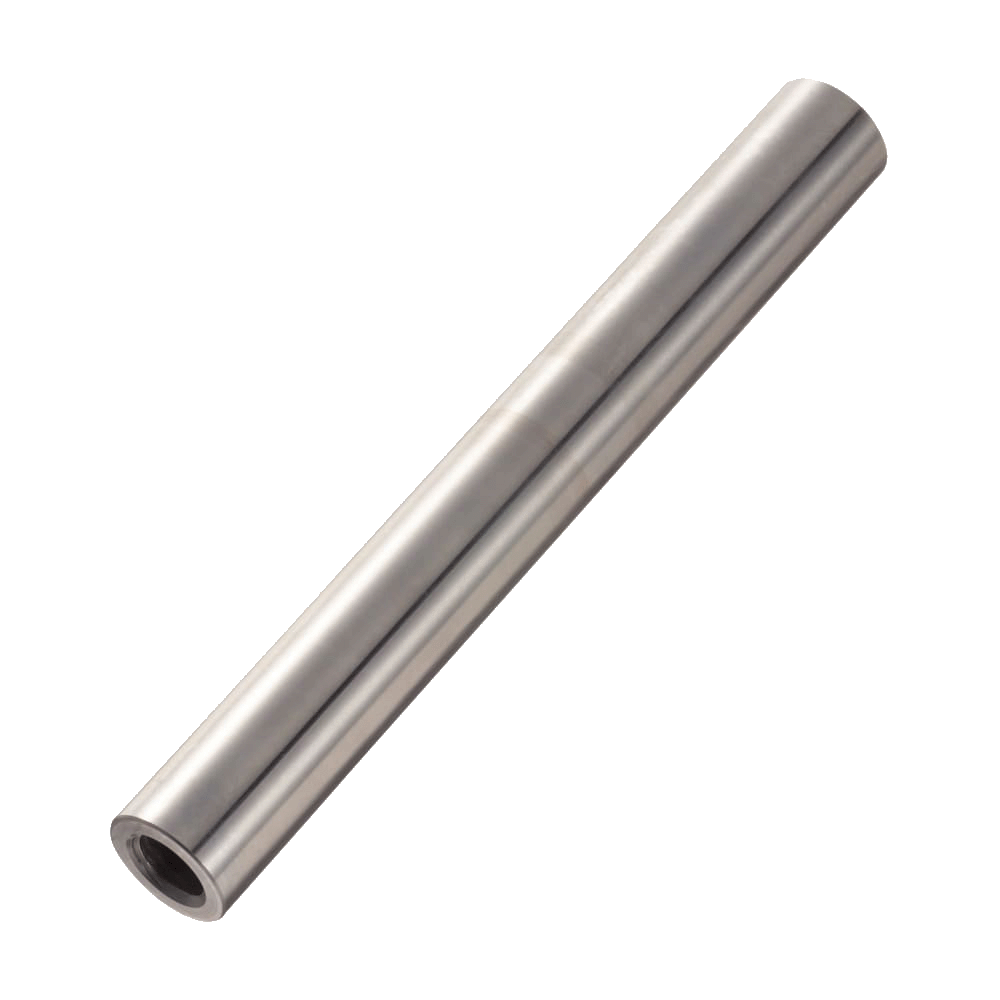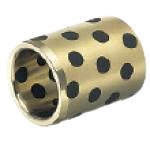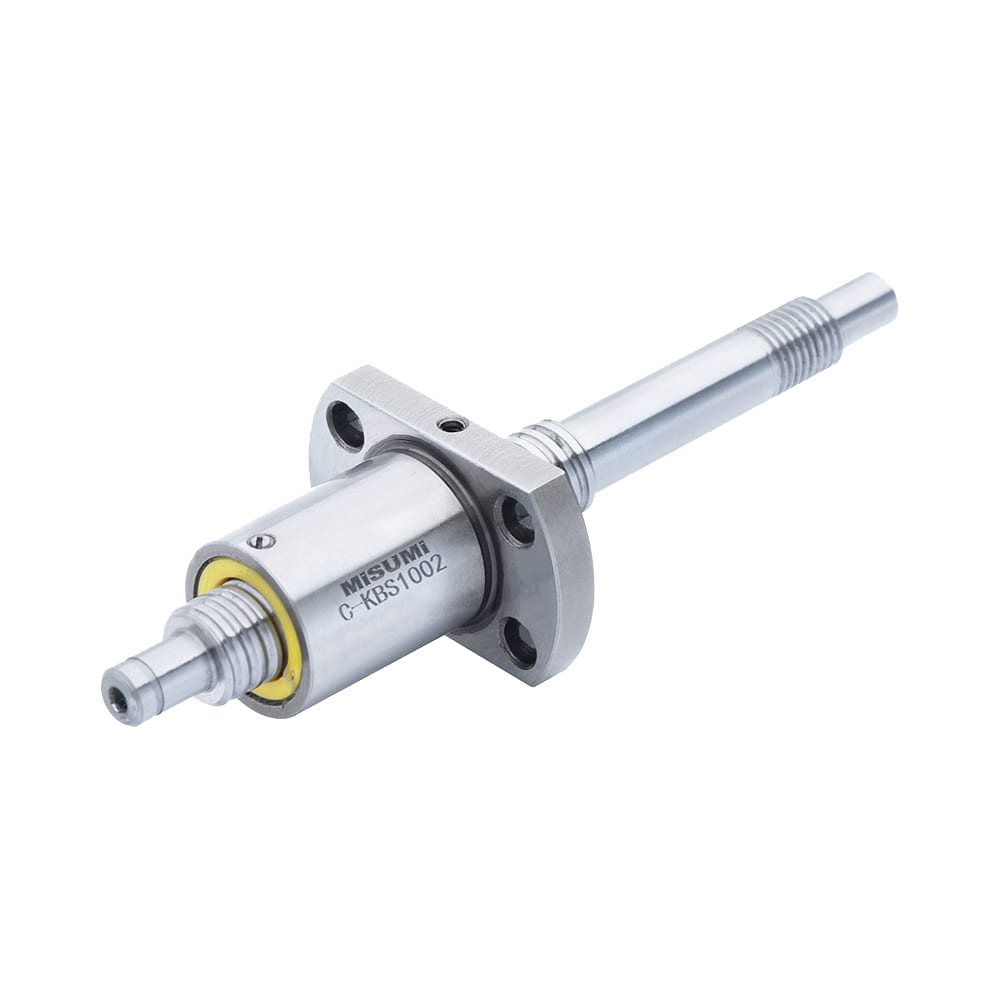
Linear Motion
BALL SCREW
Mechanical component used in various machinery and equipment to convert rotational motion into linear motion or vice versa. It consists of a long screw and a matching nut, both of which have helical grooves or races. Ball bearings are positioned between the screw and the nut, allowing for smooth and efficient transfer of motion. This are ideal for high precision linear motion.
APPLICATIONS
Ball screws are used in a wide variety of industrial applications and here are some examples:
- Industrial automation: For systems involving robots and manipulators, achieving precise linear movements in packaging and material handling applications, among others.
- Packaging: Used in packing and packaging machines, ensuring precise linear movements in the positioning of products and components during the process.
- Aerospace industry: Used in the manufacture and maintenance of aircraft and space vehicles, in component positioning systems, control mechanisms and high-precision inspection systems.
- 3D printing: Used for the controlled movement of the X, Y and Z axes, allowing precise, high-resolution printing.

Example BSS1505-500 | MISUMI inCAD Library
In this application we see a two-axis positioning machine for
the assembly of a plate.
The ball screws are responsible for transforming the rotary
motion of the motors into linear motion to achieve precise
positioning of the plate.
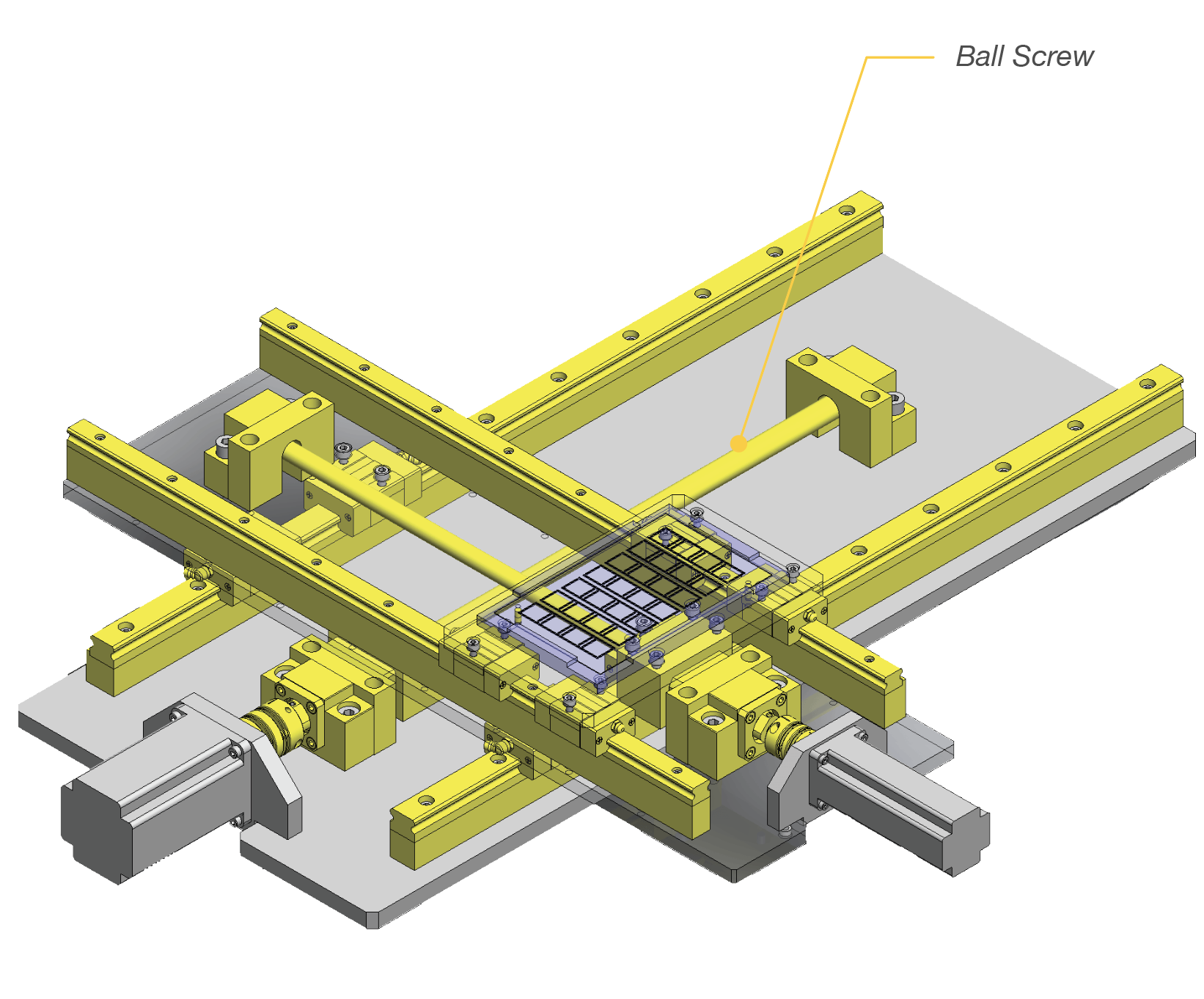
TYPES
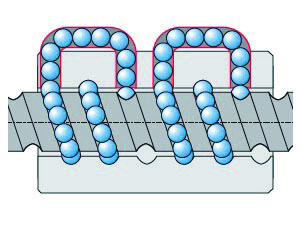
Nut designed with an internal ball recirculation system. The design of the nut allows the movement to be carried out with a low coefficient of friction.
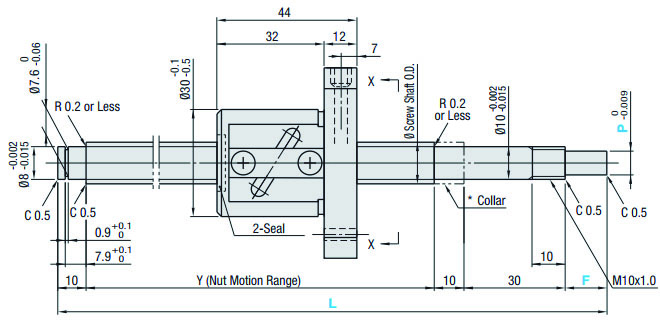
There are two types of ball screws, precision and rolled.
Precision ball screws are ideal where high accuracy, low tolerance and
high load capacity are required, while rolled ball screws are more
economical and suitable for applications where slightly lower accuracy
and moderate load capacity are sufficient.
OD
Screw diameter
L
Total screw length
P
Machining diameter for transmission
F
Machining length for transmission
stroke
Linear distance traveled by the nut per revolution
Precision Ball Screws
| Type | Compact nut | Standar nut |
|---|---|---|
| Diam. screw ext diam | Ø6~8 | Ø8~25 |
| Series | ||
| Series |  |
 |
| Degree of accuracy | C3 | C3/C5/C7 |
| Features | Smaller nut diameter | Most common nut type |
Rolled Ball Screws
| Type | Compact nut | Standar nut | Block type nut |
|---|---|---|---|
| Diam. screw ext diam | Ø8~25 | Ø8~32 | Ø15~25 |
| Series |  |
 |
 |
| Degree of accuracy | C10 | C7/C10 | C10 |
| Features | The nut size is up to 40% smaller. | The most common type of nut | Can be mounted to the base directly |
ACCURACY
Precision is the positioning variation within the effective length of the thread and the variation per revolution. Here are the differences between a precision ball screw and a rolled ball screw:
- Precision Ball Screws
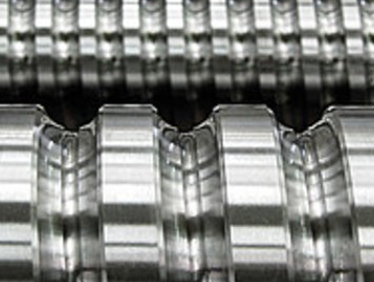
| Unit: μm | ||||
|---|---|---|---|---|
| Degree of Accuracy | C3 | C5 | ||
| Item | V300 | V2π | V300 | V2π |
| Variation | 8 | 6 | 18 | 8 |
| Standard values of variation at a thread length of 300mm (V300) and variation per one revolution (V2π). | ||||
This offer higher accuracy and lower axial and
radial backlash. Ideal for applications
requiring very precise positioning and
repeatability.
- Rolled Ball Screws
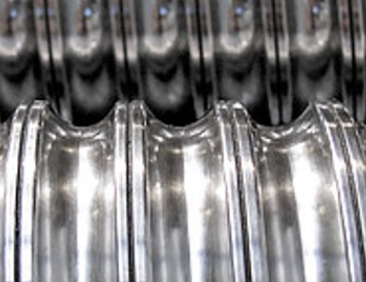
| Unit: μm | ||
|---|---|---|
| Degree of Accuracy | Ct7 | Ct10 |
| Item | V300 | V300 |
| Variation | 50 | 210 |
| Standard values of variation at a thread length of 300mm (V300) |
This may have slightly lower accuracy compared
to precision ball screws, which means that this may
have slightly higher axial and radial clearance.
However, in many industrial applications, this
difference in accuracy may be acceptable and
sufficient.
SURFACE FINISHES
Provide greater protection to the ball screw when exposed to corrosive environments.
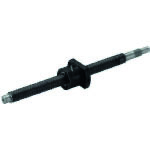
Bluing: an oxide layer is applied to the surface of the ball screw that will make it look black, improving its resistance to corrosion.
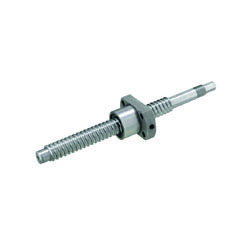
Phosphate conversion coating: its main function is to prevent corrosion but also increases the effectiveness of lubrication.
Lubrication: High temperature resistant clean room greases available.
MISUMI BENEFITS
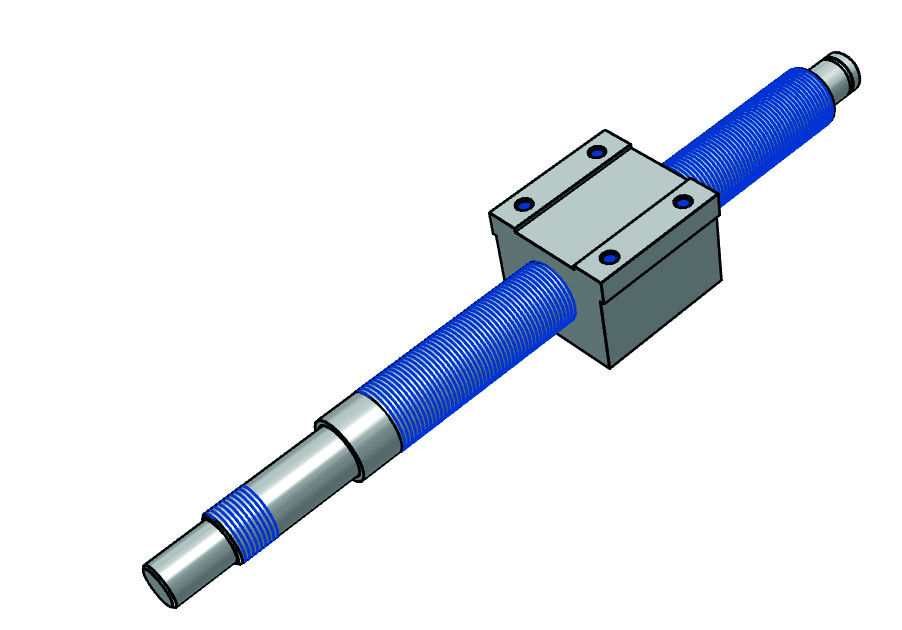
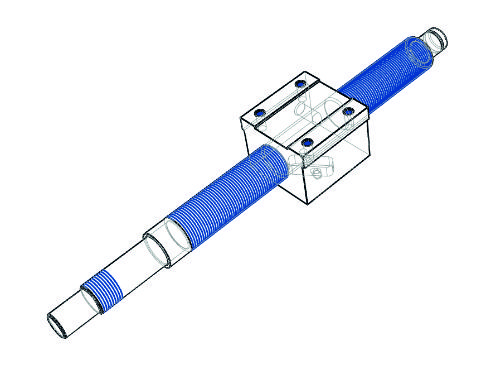
RELATED PRODUCTS

